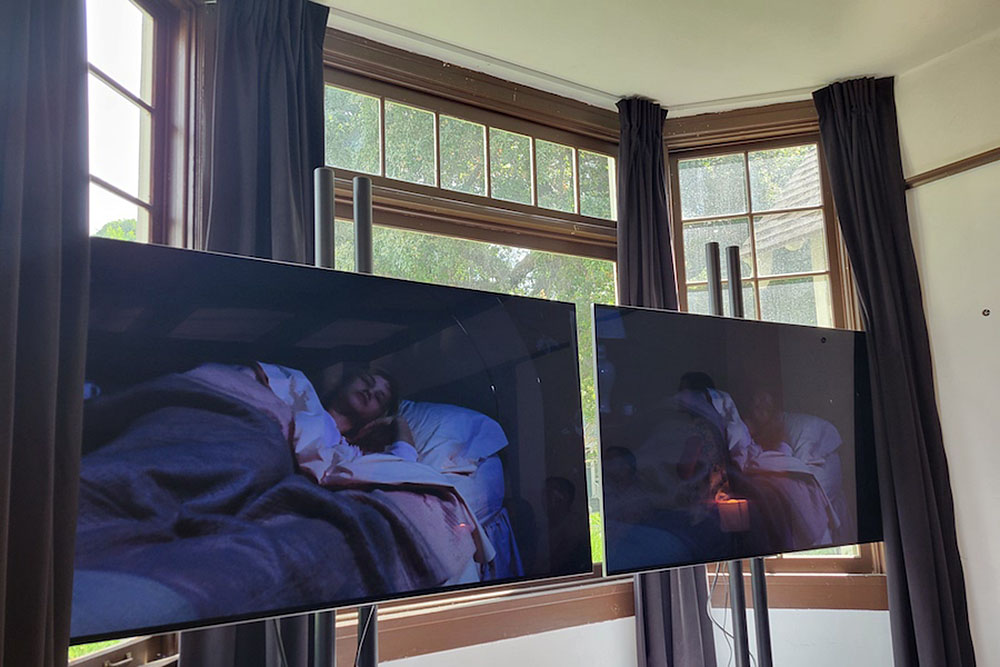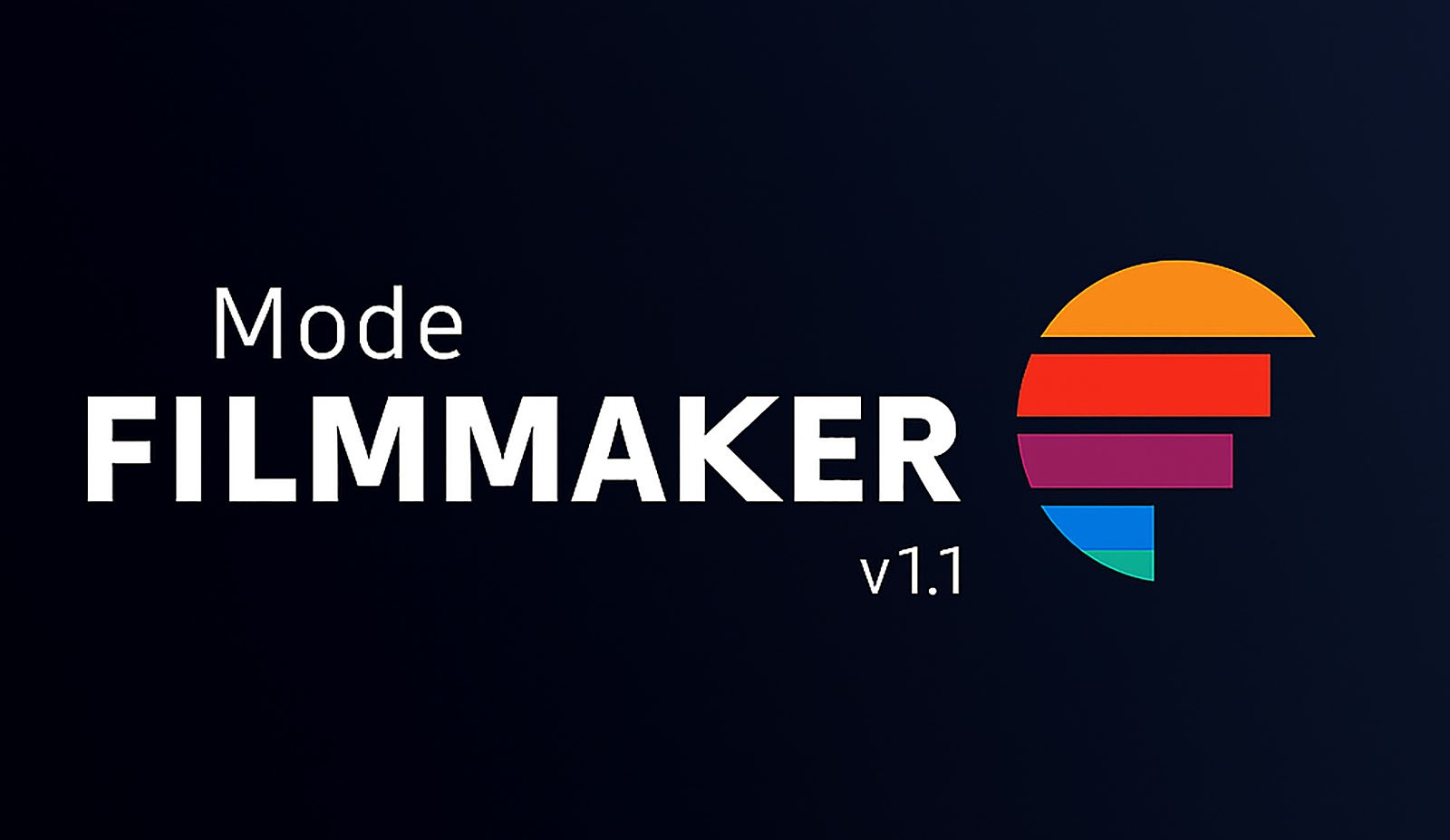Designed to offer consumers the opportunity to watch films and series in a quality as close as possible to that intended by their creators, the Filmmaker Mode on televisions is gaining new features.
In 2019, the Ultra HD Alliance introduced Filmmaker Mode, which, with compatible televisions, allows users to remain as faithful as possible to the creators' intentions, using the technical specifications desired by the director, cinematographer, etc., and to enjoy certified content (films, TV series) as it was created, or almost. Filmmaker Mode v1.1, or how to take advantage of your TV's brightness sensor: The UHD Alliance has just launched version 1.1 of Filmmaker Mode, which notably allows the image to adapt to the brightness of your room, simply by using your television's brightness sensor. Originally, Filmmaker Mode was optimized for a 5-nit viewing standard (cinema theaters), which remains unchanged regardless of the brightness of your viewing room, whether it's bright daylight or darkness. Recognizing that some content, such as films or series, may appear too dark in a bright viewing environment, the UHD Alliance offers in this v1.1 a brightness compensation function using dynamic gamma (see below for the range values adopted according to ambient light). The colors and contrast of the film thus change according to the light in your room, analyzed by the TV's sensor, mimicking the adaptive function of the human eye.
Filmmaker Mode v1.1, already available on LG C5 and LG G5 OLED TVs
Note that this feature also applies to SDR, HDR10, and Dolby Vision HDR content, and that the algorithm is the result of a collaboration between Hollywood colorists, top executives from Hollywood studios, members of the UHDA, and the Colorist Society. Specifically, Filmmaker Mode V1.1 is available on a selection of 2025 TVs, including the LG C5 and LG G5 OLED TVs. These TVs were used on October 3rd for a demonstration of brightness management by the UHDA Alliance with a film from the A Nightmare on Elm Street series at the Warner Bros. site in Burbank, California. More manufacturers are expected to adopt this mode no later than 2026


